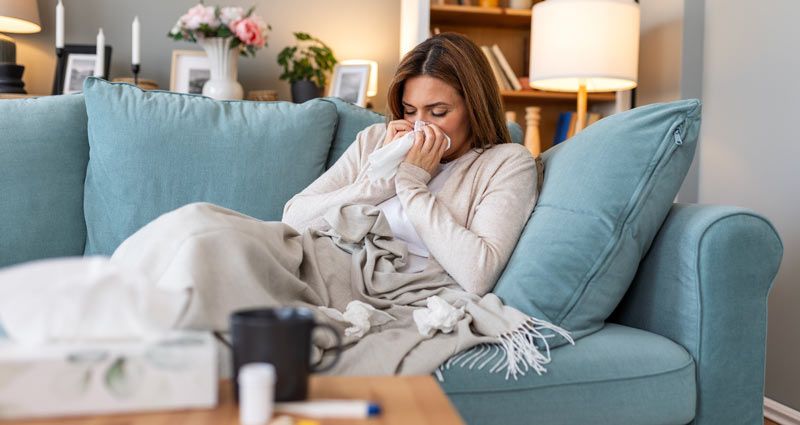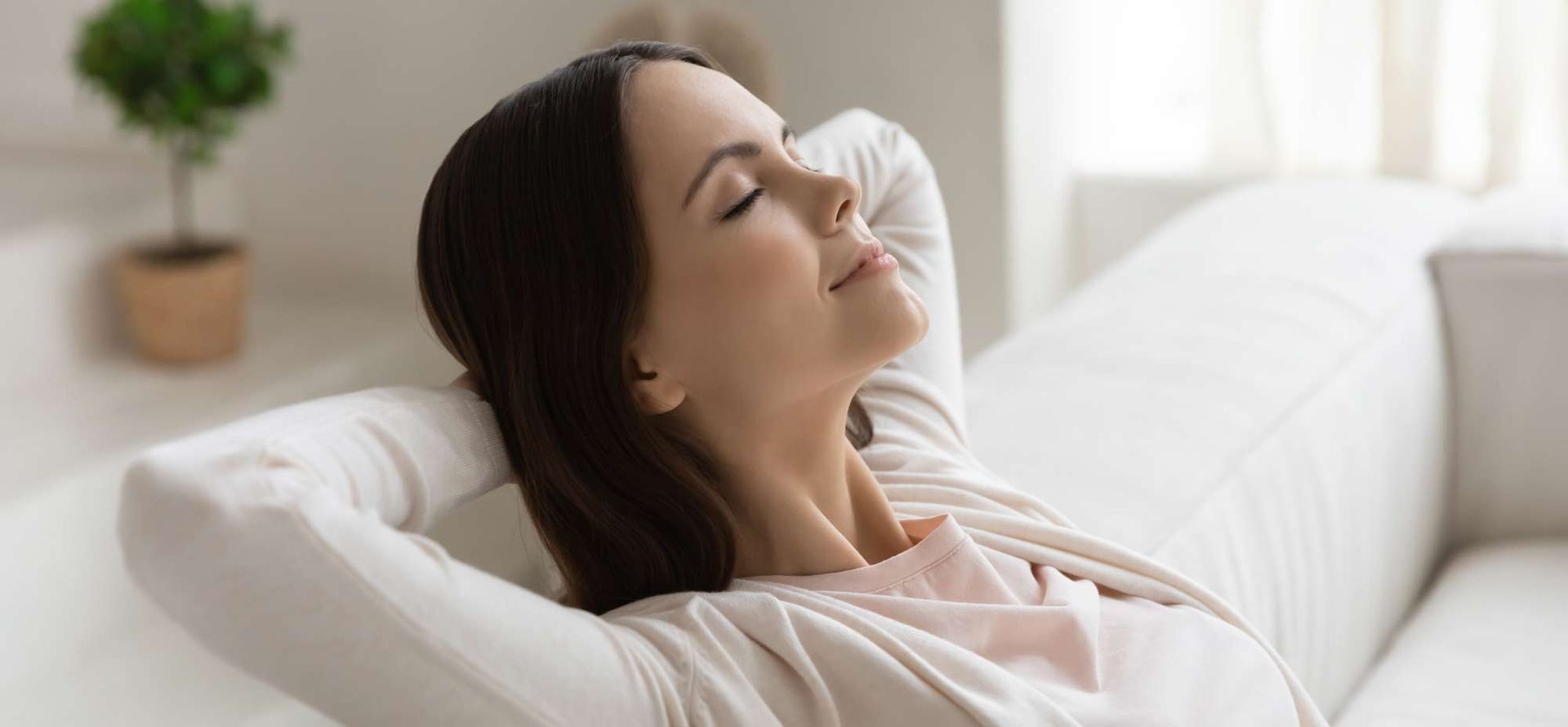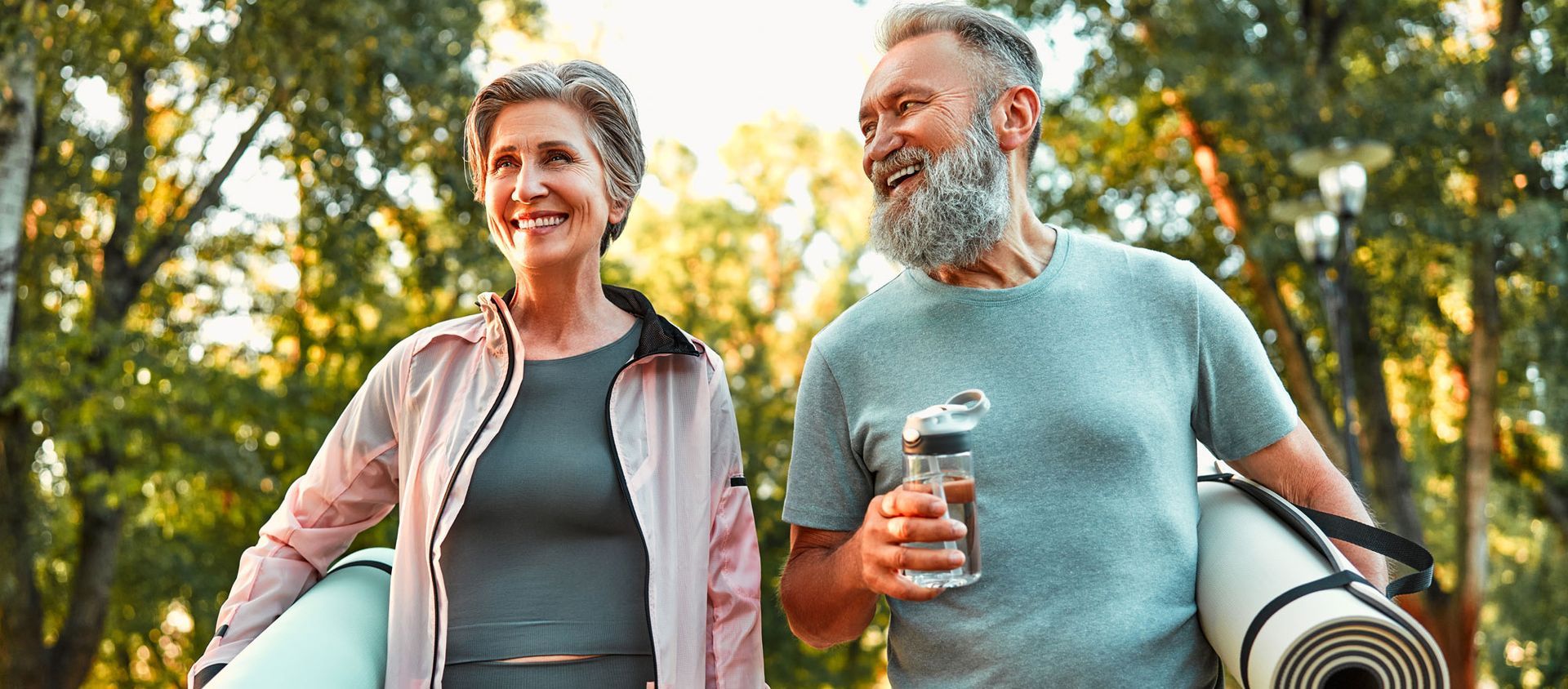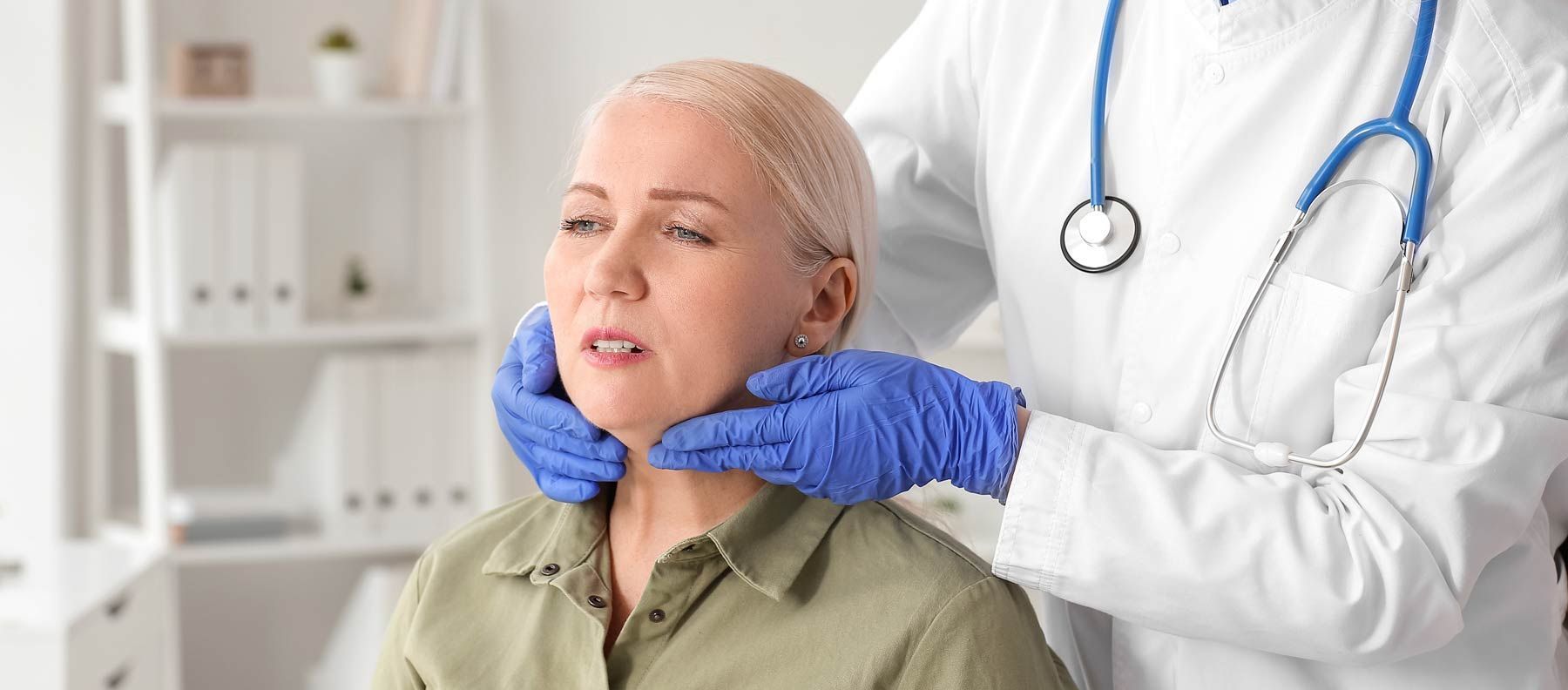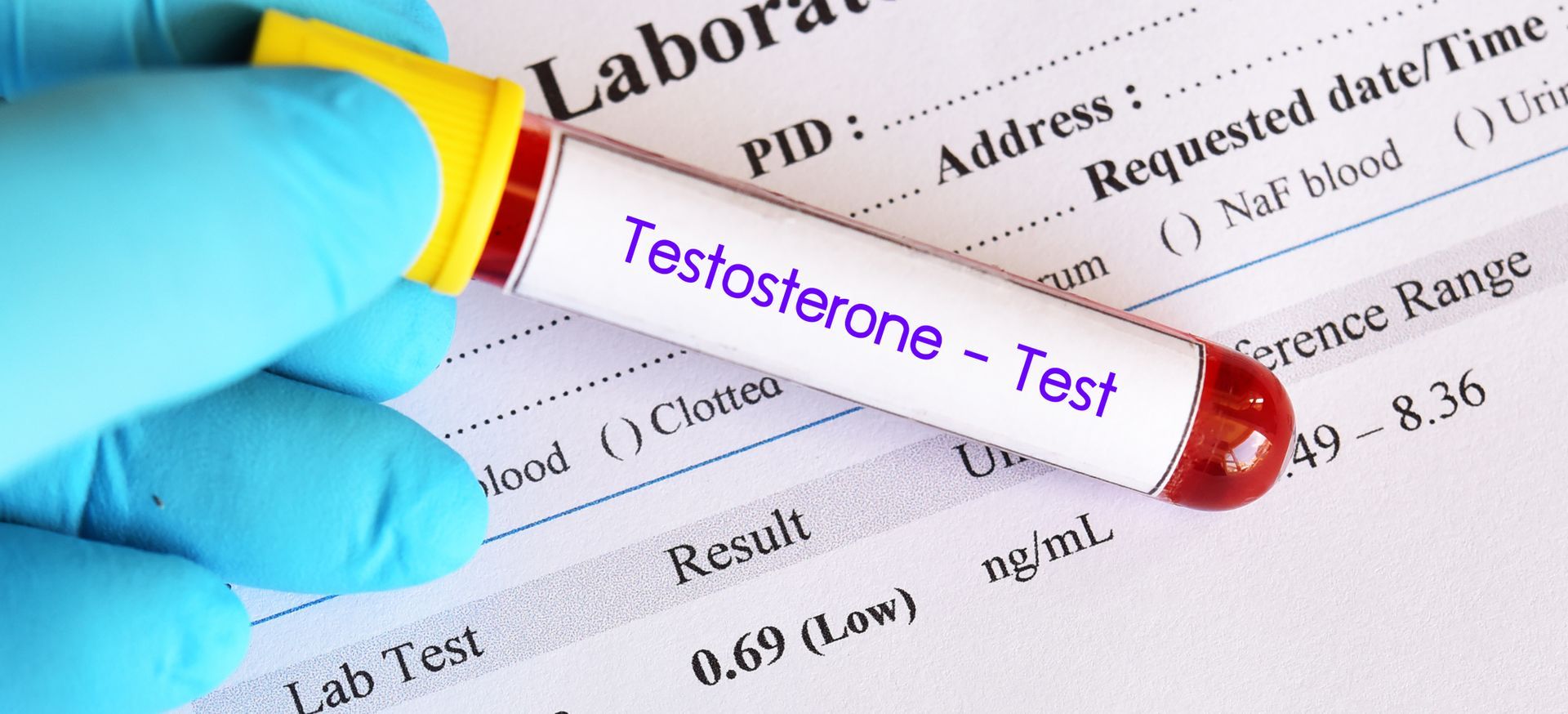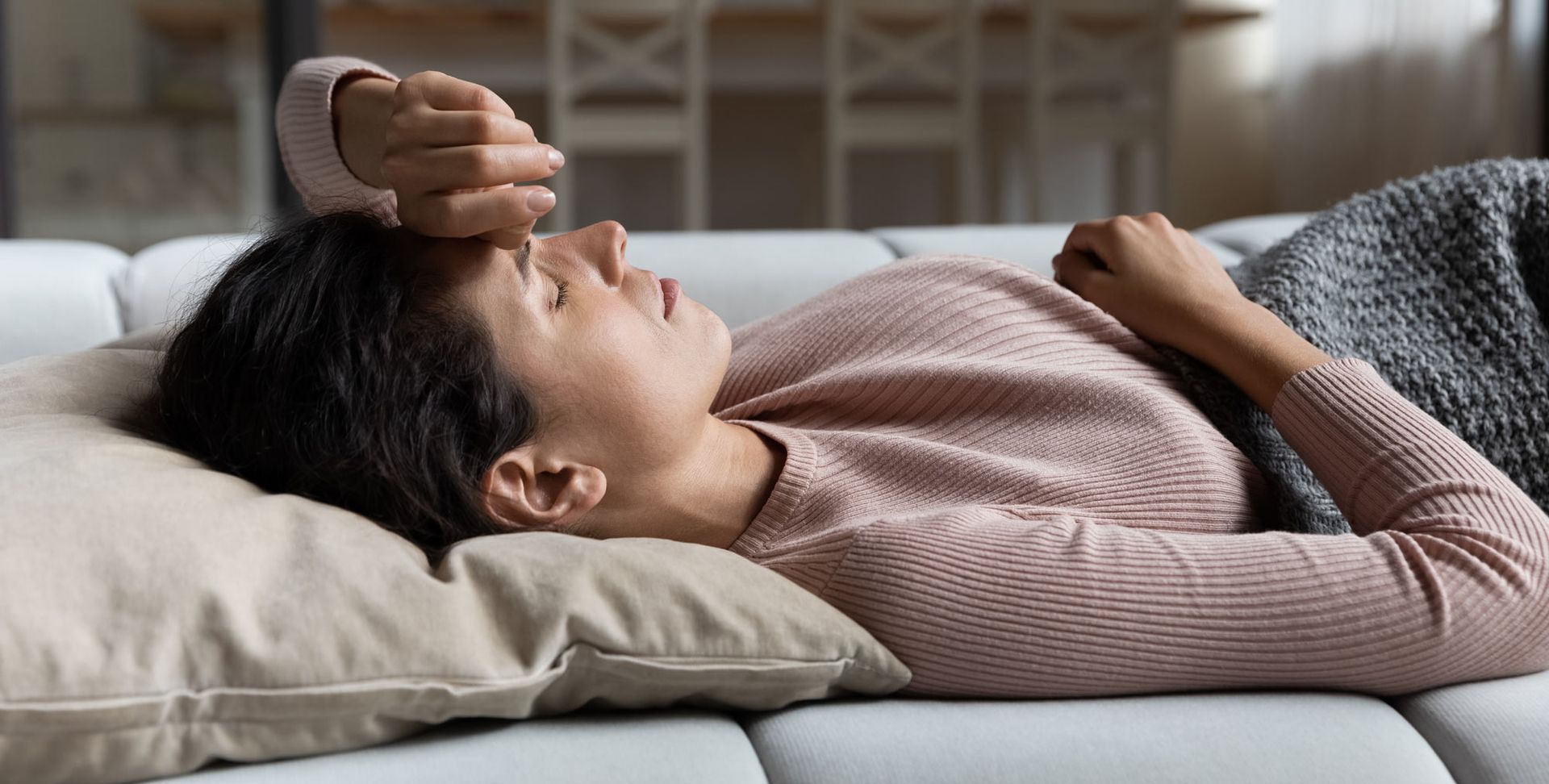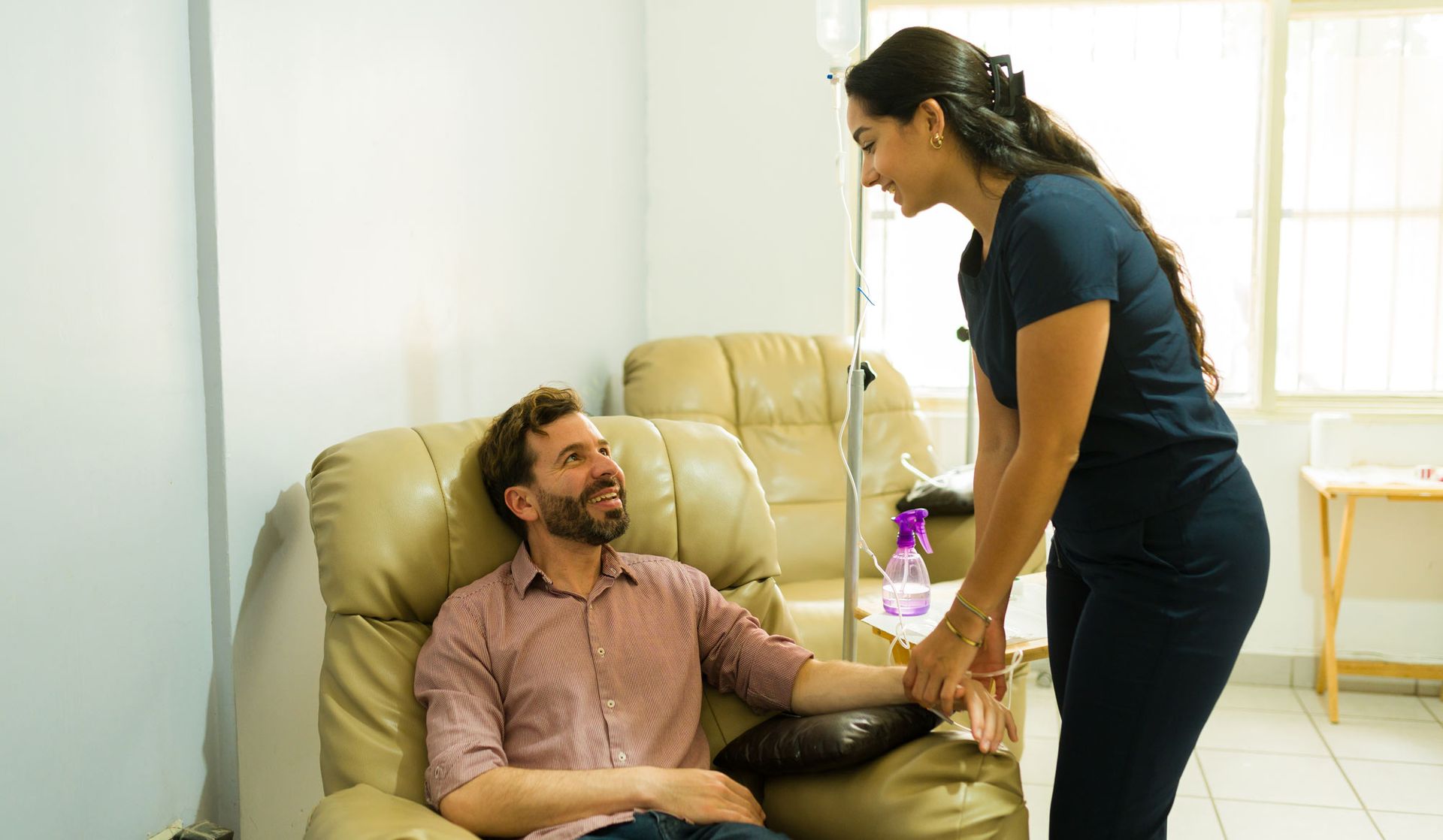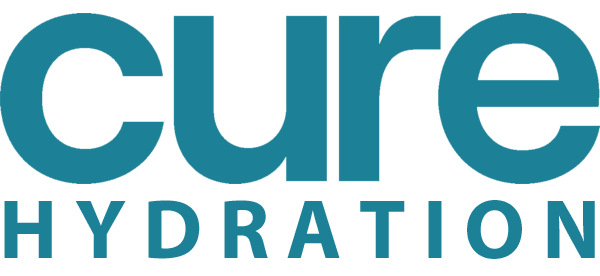Dry Brushing: Reviving an Ancient Wellness Ritual
In our quest for youthful, glowing skin and holistic wellness, we often turn to new trends, products, and methods. However, some of the most effective techniques have roots in ancient practices. One such technique is dry brushing, an age-old method lauded for its myriad health and beauty benefits. As modern science delves deeper into understanding traditional practices, dry brushing stands out, not only for its simplicity but also for its effectiveness. This article explores the essence of dry brushing, its history, mechanisms, benefits, application methods, and the results one can expect.
-Dr. Dana Cohen
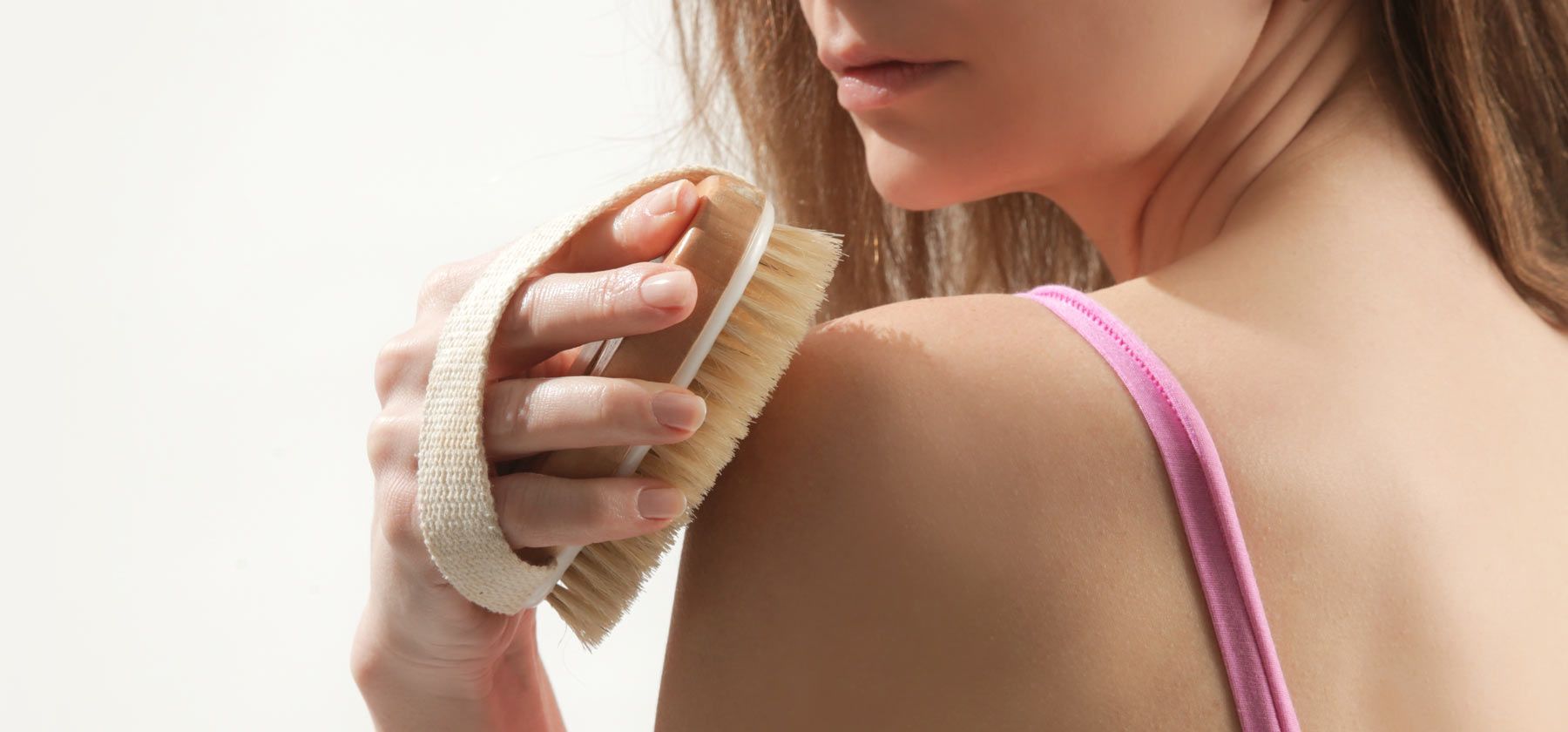
What is Dry Brushing?
Dry brushing involves using a brush with stiff, natural bristles to massage the skin in a particular pattern, usually starting from the feet and moving upwards toward the heart. The bristles of the brush are intended to exfoliate the skin, boost circulation, and stimulate the lymphatic system. Typically performed before showering, this practice has become a staple in many wellness routines today.
History of Dry Brushing
Dry brushing is not a modern invention; it has been part of various cultural practices for centuries. Ancient Ayurvedic texts from India describe a similar procedure called "Garshana," using raw silk gloves to stimulate the skin. The practice is also reminiscent of ancient Greek and Roman bathing rituals, where body scrapers called strigils were used post-exercise and pre-bathing to clean and exfoliate the body. Indigenous cultures worldwide have used different tools and techniques akin to dry brushing for health and purification. Over time, this simple yet effective practice has evolved, incorporating modern insights but retaining its fundamental principles.
How It Works
At its core, dry brushing operates on the principles of exfoliation and stimulation. The stiff bristles remove the outer layer of dead skin cells, revealing smoother, fresher skin beneath. This exfoliation unclogs pores and can help to prevent ingrown hairs. Beyond the skin's surface, the brushing motion promotes blood circulation, which can aid in delivering oxygen and nutrients more efficiently throughout the body. Furthermore, it stimulates the lymphatic system, which is crucial for detoxification, as the lymphatic system helps rid the body of waste products and toxins.
Benefits of Dry Brushing
Dry brushing is touted for a wide array of benefits:
- Exfoliation: The immediate effect of removing dead skin cells results in smoother, more radiant skin.
- Improved Circulation: The vigorous motion enhances blood flow, promoting oxygen and nutrient delivery to skin cells fostering a healthier complexion.
- Lymphatic Drainage: By stimulating the lymphatic system, dry brushing helps in the detoxification process, potentially leading to a stronger immune response and reduced inflammation.
- Reduced Cellulite: While scientific evidence is still in the preliminary stages, many users report a temporary reduction in the appearance of cellulite, likely due to improved circulation and plumping of the skin.
- Stress Relief: The repetitive, gentle motion can have a calming effect, serving as a form of meditative self-care.
- Enhanced Skin Appearance: Over time, consistent dry brushing can lead to softer, smoother, and more even-toned skin, giving an overall glow.
How to Dry Brush
To maximize the benefits of dry brushing, it is essential to follow a methodical approach:
- Choose the Right Brush: Select a brush with natural, stiff bristles. A handle can help reach difficult spots like the back.
- Preparation: Ensure your skin is dry; dry brushing is most effective before showering. Stand on a tiled surface or inside the shower to catch falling skin flakes.
- Brushing Technique: Begin at your feet and brush upwards towards your heart. Use long, smooth strokes for larger areas like limbs and circular motions for joints and more delicate areas. Be gentle on sensitive skin but firm enough to feel a stimulating effect.
- Cover All Areas: Gradually work your way up, brushing each section of the skin multiple times, overlapping areas slightly.
- Follow with a Shower: Shower after brushing to wash away the exfoliated skin and any toxins brought to the surface.
- Moisturize: Post-shower, apply a hydrating lotion or oil to nourish your newly exfoliated skin.
- Consistency: For best results, incorporate dry brushing into your routine 2-3 times a week.
Expected Results
While results can vary based on individual skin types and health, many users report immediate smoothness and a sensation of revitalization after the first brush. Within a few weeks of consistent practice, the skin often appears more radiant and firm. Enhanced circulation and lymphatic drainage may contribute to a more vibrant appearance and an overall sense of well-being. The feeling of softer skin can boost one's confidence, and the ritual can become a cherished part of a self-care routine. However, it's important to adjust the frequency and intensity based on personal comfort to avoid irritation.
Summary
Dry brushing is an enduring practice that melds ancient wisdom with modern wellness. By understanding its history, mechanisms, and myriad benefits, we can appreciate why it has stood the test of time. Through regular, mindful application, dry brushing offers a simple yet powerful way to enhance skin health, stimulate bodily functions, and foster a moment of self-care. Whether for its exfoliating properties, lymphatic benefits, or simply the pleasure of a calming routine, dry brushing can be a valuable addition to one's holistic health toolkit. As with any wellness practice, consistency and gentleness are key to reaping its full spectrum of benefits, making dry brushing a timeless ritual for modern lives.
